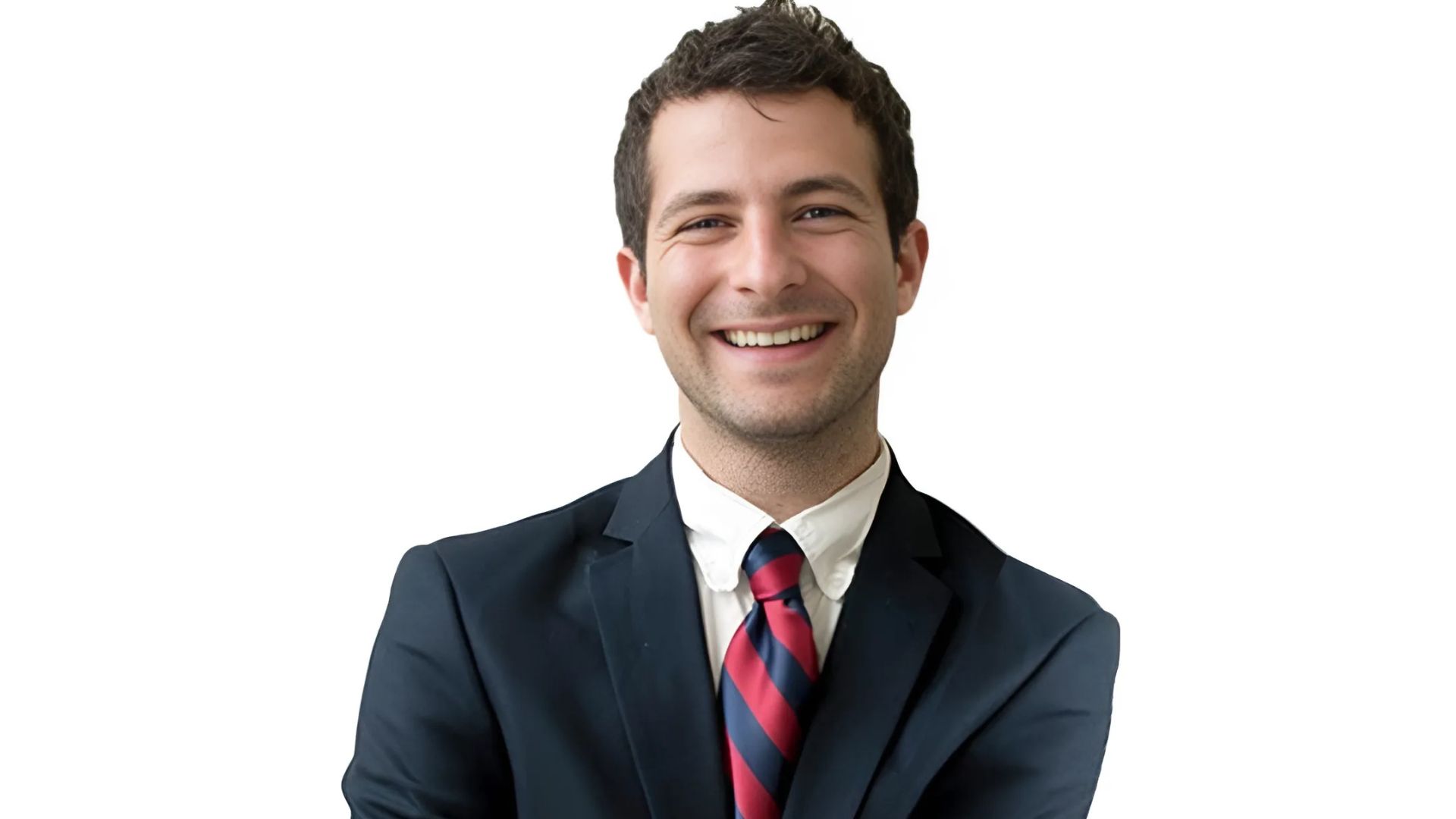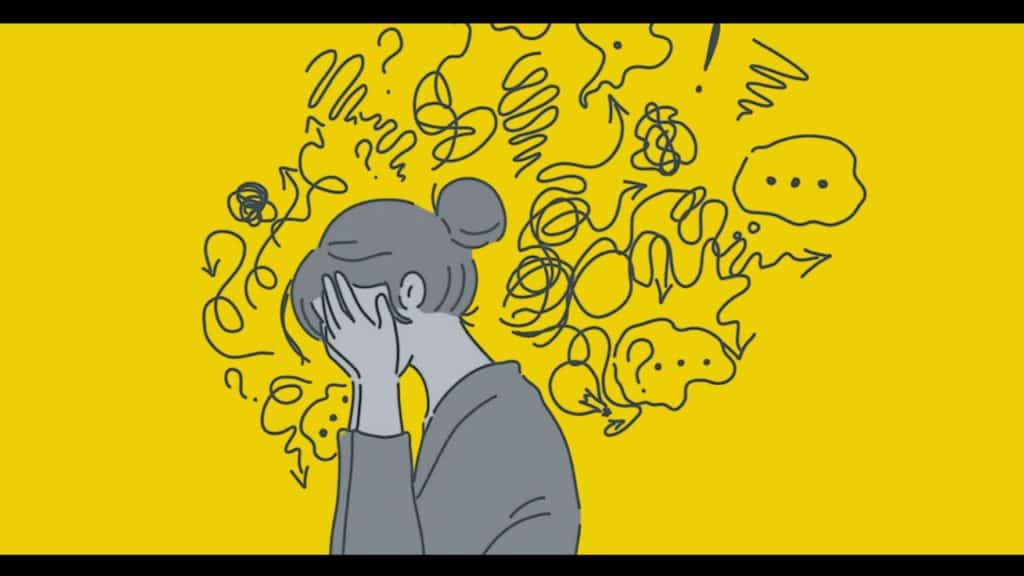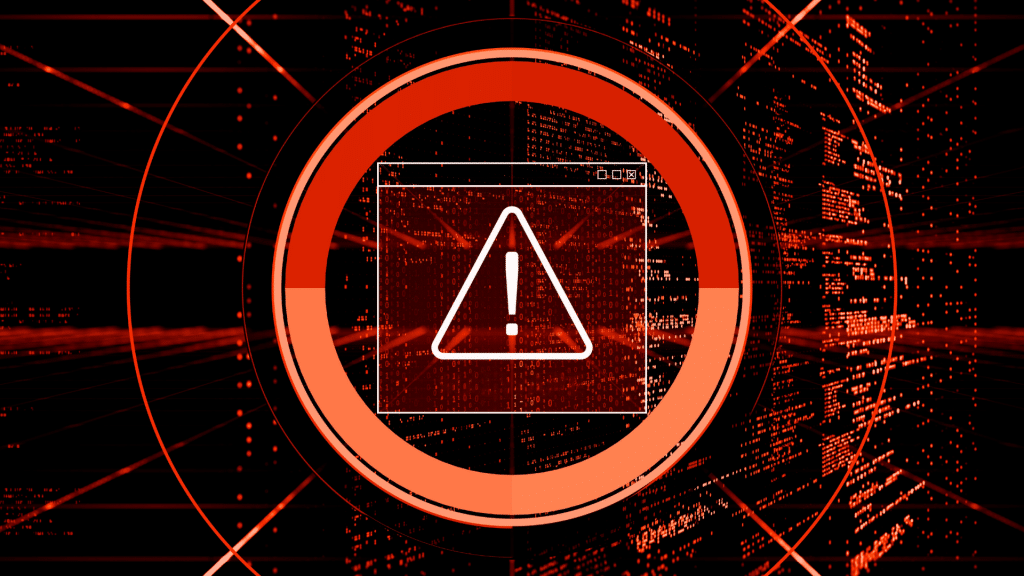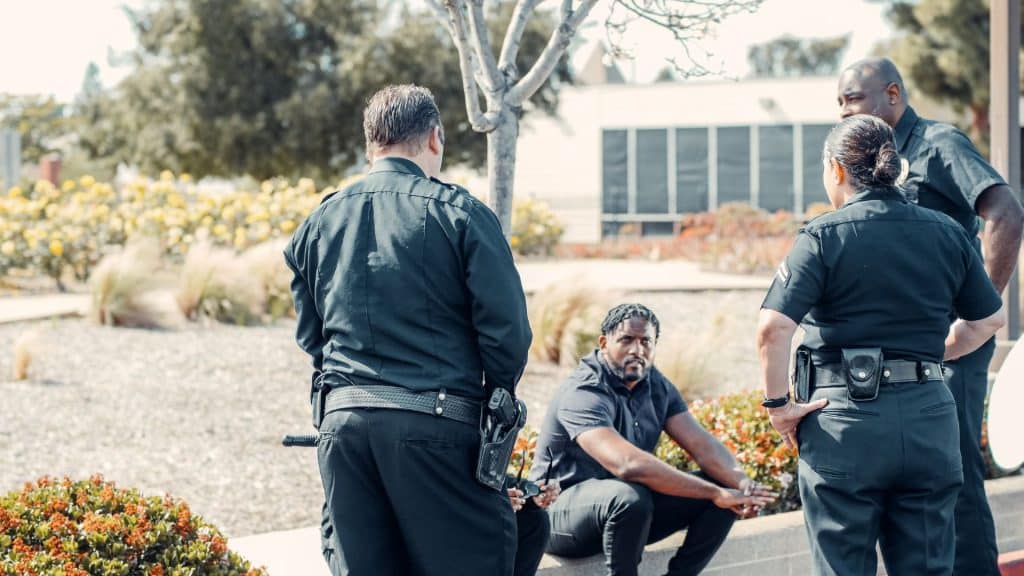The death of Tommy Raskin on New Year’s Eve 2020 sent shockwaves through political circles and beyond.
As the son of Congressman Jamie Raskin, Tommy’s passing became a turning point in how we discuss mental health in America.
His story reminds us that depression affects people from all walks of life, regardless of their achievements or family support.
What Was Tommy Raskin’s Cause of Death?
Tommy Raskin died by suicide on December 31, 2020, at the age of 25.
The Harvard Law School student had been fighting depression despite his many accomplishments and strong family bonds. His death highlighted the silent struggle many young adults face with mental health issues.
Official reports confirmed that Tommy took his own life at his family home in Maryland. The Montgomery County Police Department investigated the death and ruled it a suicide.
News outlets, including The Washington Post and CNN, reported the details after the family made public statements.
The tragedy occurred during winter break when Tommy was home from Harvard Law School. His father, Congressman Jamie Raskin, was preparing for the January 6th congressional certification when he received the devastating news.
Tommy’s death came after a long battle with depression that his family had been aware of and supporting. Despite having access to mental health resources and a loving support system, he continued to struggle with his mental health.
Key circumstances surrounding his passing included being home for winter break, having family members present in the house, receiving treatment for depression, and no external factors triggering the decision. The family emphasized that Tommy’s depression was a medical condition, not a reflection of his circumstances or relationships.
Jamie Raskin released a heartbreaking statement describing Tommy as “pure light” who brought joy to everyone around him.
The family chose to be open about the cause of death to help reduce stigma around mental health and suicide.
In their statement, the Raskin family wrote:
“Tommy was brilliant, funny, and kind. He began to suffer from depression in his sophomore year at Amherst College, despite loving his studies and his friends.”
The family wanted his story to help others seek treatment and emphasized that his death was due to a disease, not personal failure.
Who Was Tommy Raskin?
Tommy Raskin was much more than his famous last name. He was a dedicated student, passionate advocate, and caring person who touched many lives during his 25 years.
Educational and personal achievements:
- Graduate of Montgomery Blair High School
- Bachelor’s degree from Amherst College
- Second-year student at Harvard Law School
- Strong academic performance throughout his education
- Chose to focus on social justice and helping others
At Harvard Law School, Tommy stood out for his compassion and commitment to justice. Fellow students remembered him as someone who truly cared about making the world better.
His advocacy work included animal rights activism, environmental protection, social justice causes, and supporting fellow students with mental health struggles.
Tommy lived by strong moral principles that guided his daily life. He was a vegan who cared deeply about animal welfare and focused on environmental issues and climate change.
But to truly understand his final message and the events that followed, one must look at his last words and the timing of his passing.
Tommy Raskin’s Last Note and Legacy
Tommy’s suicide note contained just a few sentences, but those words carried profound weight for understanding his final state of mind. The note apologized to his family and expressed love, while also referencing the causes that had driven his activism throughout his short life.
The note specifically mentioned “the animals” and “the global poor” – two groups Tommy had championed relentlessly.
Even in his final moments, he was thinking about the suffering of others rather than focusing solely on his own pain. This detail struck his family as quintessentially Tommy – a young man whose empathy extended far beyond his personal circle.
What made the note particularly heartbreaking was its brevity and politeness. Tommy apologized for the pain his death would cause, demonstrating the same consideration for others that had marked his life.
The family later said the note showed Tommy’s illness had convinced him that his absence would somehow reduce suffering in the world – a tragic miscalculation of his own worth.
His final words became a teaching tool for the family’s advocacy work. They showed that suicidal thoughts can coexist with deep love and moral purpose.
Tommy wasn’t rejecting his family or his values – he was succumbing to a disease that distorted his perception of reality.
Link Between Tommy Raskin’s Death and January 6th
The timeline created an almost unthinkable burden for the Raskin family. Tommy died on New Year’s Eve, was buried on January 5th 2021, and the Capitol was attacked on January 6th.
Jamie Raskin went from funeral director to constitutional defender in just 48 hours, facing personal tragedy and national crisis simultaneously.
Key impacts of the timing:
- Jamie had no time to properly process his grief before the attack
- His family experienced fear and violence while already mourning Tommy
- The congressman had to choose between personal healing and public duty
- Two national tragedies became forever linked in the family’s memory
During the certification process, Jamie brought his daughter Tabitha and his son-in-law, Hank Kronick (Hannah’s husband).
Instead, they found themselves barricaded in offices as violent crowds hunted for lawmakers. Jamie later described the surreal experience of comforting his grieving daughter while she feared for her father’s life.
The congressman later reflected that continuing his work became a way to honor Tommy’s memory, as Tommy would have been appalled by the attack on democratic institutions.
The Legal Lens on Mental Health and Suicide
Tommy’s death raised important questions about how our legal system addresses mental health, especially for young adults in academic settings.
- Right to confidential treatment under HIPAA, but privacy laws can sometimes prevent family involvement in treatment.
- Protection from discrimination based on mental health history and insurance coverage requirements under the Affordable Care Act.
- Universities have a duty to provide accessible counseling services and train staff to recognize mental health crises.
- Institutions must create supportive campus environments and connect students with appropriate resources.
- Legal questions remain about how much responsibility institutions bear for student mental health outcomes.
These gaps highlight the urgent need for comprehensive mental health reform that balances individual privacy with family support and institutional accountability.
Final Thoughts
Tommy Raskin’s death became a catalyst for important conversations about mental health in America. His family’s openness about his struggles helped reduce stigma and encouraged others to seek help.
The tragedy showed that depression can affect anyone, regardless of their accomplishments, family support, or future prospects.
Tommy’s death highlights the need for better legal protections and policies around mental health.
His legacy continues through increased awareness and the ongoing fight for better mental health resources. Tommy’s life reminds us that every person struggling with depression deserves support, understanding, and hope for recovery.
If you or someone you know is struggling with mental health issues, please reach out for help.
Contact the National Suicide Prevention Lifeline at 988 or visit your local mental health center. Share this article to help spread awareness and reduce the stigma around mental health discussions.







































